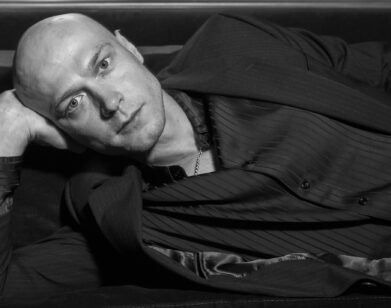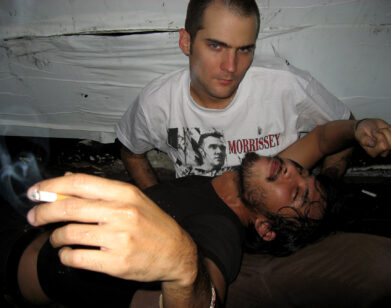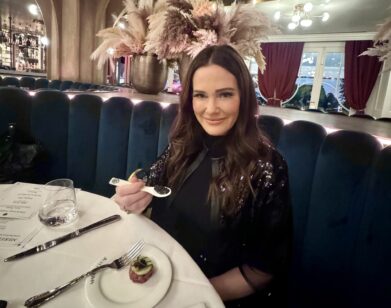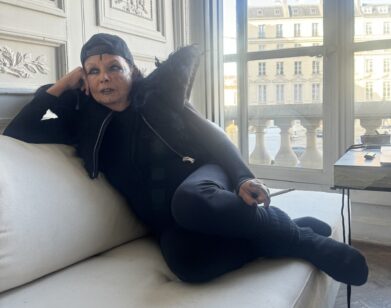Dance Off
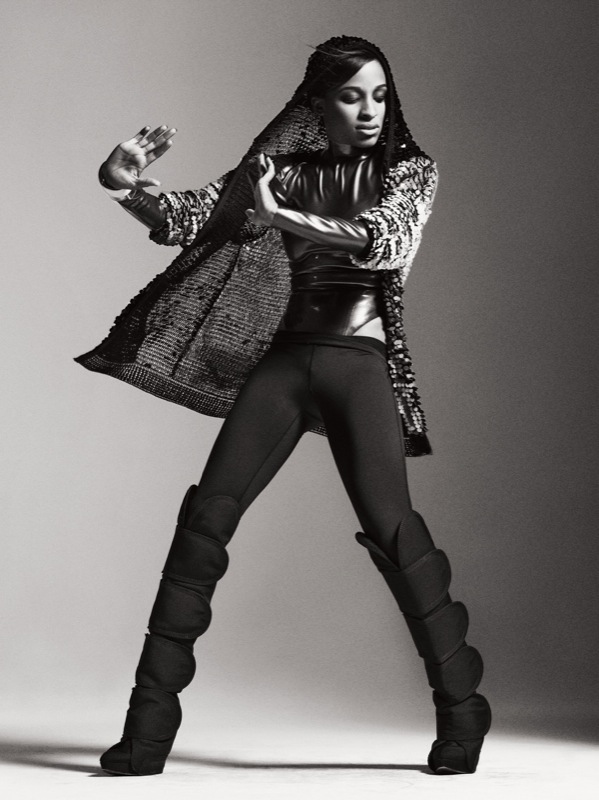
People come to New York to dance-often late at night, maybe a bit drunk, in crowded clubs and at sudden house parties. the city is a haven for professional dancers too, those rare body artists who perform moves you only think you’re copying. A new generation is always in training, ready to break out in ballet, hip-hop, modern or vogue, up in the concert halls or down in the streets. Here are four young up and comers who just wanna dance.
Sarah Lane
It’s hard to top being coached by the legendary dancer Gelsey Kirkland for parts (including the lead) in The Sleeping Beauty, but 24-year-old American Ballet Theatre soloist Sarah Lane has a few things in mind. “I would love to be paired up more with my husband,” says Lane, referring to Madrid-born dancer Luis Ribagorda, an ABT corps member whom she married in December 2007. “We met four years ago at ABT, and it was on and off at first. I drove him completely crazy because I couldn’t make up my mind. But it’s been the best thing that’s ever happened.” The couple lives in Union City, New Jersey, and their favorite place to tour is Japan because, as Lane says, it’s a “really respectful, perfectionistic society.” Lane should know about perfectionism-she spends up to 12 hours a day honing her craft in classes, rehearsals, and performances. She has been in love with dance ever since she started studying ballet at the age of 4 in Memphis, Tennessee, but she’s also interested in finding moments of normalcy amid the demands of a dancer’s life. “We can unwind together,” she says, of her life with Ribagorda, “and create different outlets so that we can actually enjoy our art more.” (Baking is high on her list-“I make a really good cheesecake,” she claims). “My real dream has always been to do Juliet in Romeo and Juliet and Giselle [in Giselle], of course.” Lane recently played the part of the Younger Sister, a spoiled troublemaker in Antony Tudor’s dramatic ballet, Pillar of Fire. When asked how she was able to make the character sympathetic, Lane says, “It’s a very subtle thing. You have to find the right balance.” For her, balance is more than a metaphor.
Dwayne Garner
Dwayne Garner had never seen Madonna’s “Vogue” video. Nor was he familiar with the seminal ball culture documentary Paris Is Burning (1990) when he first became intrigued with vogueing by watching some performers on New York’s Pier 45 in 2002. “I was about to start high school, and I was hanging out with a new crowd in the Village,” says the 20-year-old East Harlem native. Garner was especially taken by the voguers in the runway category, where contestants are judged on their ability to work the improvised catwalks as fashion models. “They had so much confidence in their walks,” he says. “I always dreamed of being in the spotlight. I just thought I’d do modeling first and then switch to acting. I was like, I’m not a supermodel yet, so I might as well go for it in this crowd where I’m comfortable.” After a few years of informal practice, Garner and a friend were playing around in a dance studio at the Door, a youth center on Broome Street, when they realized they had a rapt audience. Under the Door’s auspices, they started organizing “miniballs” for the youth community in 2006, a variation on the traditional vogueing balls, but without the entrance fees, expensive costumes, and strict categories. The miniballs took off, and Garner was invited to join the vaunted House of Ninja, considered one of the foremost vogueing collectives from the ’80s. “They swooped me under their wing and taught me how to perfect my vogue,” he says. Although Garner never met the house “mother,” Willi Ninja, who died in 2006-the man who taught supermodels how to walk and who once danced with Karole Armitage-he was still inspired by Ninja’s legend. And when artist Kehinde Wiley asked Garner to perform at the dinner celebrating his opening at the Studio Museum in Harlem last summer, Garner made sure to bring along some of his fellow Ninjas to “blow the roof off the place.” These days, Garner is still interested in acting and modeling, but he’s also applying to colleges and working as a visual merchandiser for Old Navy. Which goes back to an inescapable New York axiom: Even the insanely talented have to pay the rent.
Josh Johnson
Ailey II dancer Josh Johnson spends most of the year touring the United States, performing in Ailey’s modern repertory virtually every night, rehearsing during the days, and subsisting on an unholy mix of backstage catering, Applebee’s, and Outback Steakhouse. When Johnson is back in New York, you can find him cooking up a storm in his Harlem apartment. Reached by phone at home on a rare night off, the 21-year-old San Fernando, California, native is busy making Cornish hens and scalloped potatoes-enough to last the week. “I get home-cooked meals if I cook them,” Johnson explains ruefully. Not that he regrets the move that brought him to New York in 2005 as a fellowship student at the Ailey School. Transitioning from student to apprentice to company member were big leaps. “I felt like I blossomed into a performer. It forces you to be on your game,” he says. And his game is a serious one. The repertory is very eclectic and includes movements constructed by Alvin Ailey and other choreographers which incorporate everything from ballet to jazz. Johnson needs to reach a “meditative state” in order to perform. “I’d rather the audience come into what we’re doing than make it like a circus,” he says. “Dance is a lot more sacred than that.”
Yasmine Fequiere
For most of 2008, Yasmine Fequiere has been in Beijing, teaching the students at the Top Artists Complex at Chengtian Entertainment the rigors of hip-hop dance. And that does not mean booty-shaking on the top of a car. According to the 25-year-old, Long Island-bred Fequiere, “Chicks gyrating isn’t dance.” Rather, real hip-hop dance, as it’s taught through the Hip-Hop Dance Conservatory in Manhattan, where she is a teacher, consists of elements such as locking, popping, waving, and gliding. “It’s a wake-up call for how far the culture has spread,” Fequiere says of her Chinese students’ interest in hip-hop. A jack-of-all-trades dancer from the age of 7, Fequiere excelled in everything from jazz to ballet but found her niche in high school when a friend told her about the Conservatory’s sister company, BLADE Academy, of which she is now executive director. Until that moment, she had been in her basement copying Janet Jackson’s moves with her cousin. “I knew I liked it,” Fequiere says, “but I didn’t know you could study it.” BLADE and its partners are pretty much the only places you can study hip-hop dance, and Fequiere has made it her mission to spread the word, as it was done in the Bronx in the ’70s by hip-hop dance’s founders-people like Mr. Wiggles and Ana “Rockafella” Garcia. “It has its own history,” Fequiere says. “It’s an art form, like jazz and modern. I want it to be respected the same way the classical forms are.”


